Spastic Cerebral Palsy
What is spastic cerebral palsy?
Spastic cerebral palsy is a developmental disorder. It is caused by damage to the brain before birth, during baby delivery, or within the first some years of life. Spastic CP is the most common type of overall cerebral palsy, 80% of cases are of it only.
Spastic CP is a permanent condition and will affect an individual across their lifetime. This condition restricts the normal development of the motor function of children.
Spastic CP is characterized by jerky or uncontrollable movements, muscle tightness, and joint stiffness. Spastic cerebral palsy patients feel stiff and their actions might look stiff and jerky.
This type of cerebral palsy often makes simple and easy tasks more challenging and complex, such as walking or picking up small objects. Some children with spastic CP may also develop co-occurring conditions due to their brain injury.
Causes and risk factors:
Cerebral palsy is caused by damage to a part of the brain before or during birth.
Spastic cerebral palsy is caused by damage to the motor cortex and the pyramidal tracts of the brain, which makes the
connection of the motor cortex to the spinal cord
- Motor cortex controls movement
- The pyramidal tract helps in transferring the proper signal to the spinal cord
The motor cortex and pyramidal tracts can be damaged by:
- Prenatal brain hemorrhage or infection
- Unable of oxygen supply to the brain during birth
- Brain trauma or infection after birth
Some risk factors for CP
- Poor maternal health
- A low birth weight
- Pre-term birth/low birth weight
- Multiple births
- Incompatible blood type between mother and fetus
Exposure to toxins - Complications while labor and delivery
- Infertility treatment
- Maternal infection
- Chemical exposure
- Incompatible Rh blood factor between baby and mother
- Jaundice in the small baby
- Multiple gestations (twins or triplets)
IN CHILDREN
- Legs crossing also called scissoring
- Stiffness
- Head “lagging” when the child is picked up or raised
- Difficulty in rolling and bringing hands together
Difficulty crawling, standing with support - Walking with an unsteady, uncontrollable, uneven, or stiff gait
Types of Spastic Cerebral Palsy
Spastic cerebral palsy may be classified according to how and where it affects the body:
Quadriplegic, Diplegic, or Hemiplegic
- Quadriplegia: Spastic quadriplegia affects all four legs and arms. It may also affect the muscles of the trunk and face.
- Hemiplegia: Spastic hemiplegia affects muscles on one half of the body, either right or left. In most cases, the arm is stiffer than the leg.
- Diplegia: Spastic diplegia occurs in both legs. In some cases, it might cause mild stiffness or spasticity in the arms.
Symptoms of Spastic Cerebral Palsy
Symptoms may include:
- Involuntary limb movements
- Continuous muscle spasms and contractions
- Abnormal walking, marked by knees crossing in a scissor-like movement
- Joint contractures
- Limited stretching abilities
- Flexion at the elbows, wrists, and fingers
- Poor coordination and control of muscle movements
If both legs are affected, children may also have problems transferring from one position to the other position, standing and sitting upright, walking, and running.
Due to symptoms patient have difficulty in walking, dressing, eating, brushing, using the washroom
Mild difficulties with Activities of daily living
Nervous system-related symptoms may also develop in CP children, including:
- Speech problems
- Hearing difficulties
- Vision abnormalities
- Cognitive, learning, and behavioral disabilities
- Seizure
Related problems may include:
- Drooling from mouth
- Difficulty in chewing and swallowing
- Hoarse voice
- Breathing problem
- Failure to thrive or poor weight gain
- Gastric reflux or acidity
- Constipation and urinary incontinence
- Spinal and joint deformity
Diagnosis
No single test is for spastic cerebral palsy. Doctors make a diagnosis based on observation, patient symptoms, and other conditions that might be caused by cerebral palsy, like seizure disorder.
As small babies cannot speak up, Doctors look at developmental milestones, baby growth, reflexes, and how a child moves.
They can also use some tests to rule out other conditions and finalize a diagnosis of spastic cerebral palsy:
1. MRI
2. CT scans of the brain
3. Genetic tests
4. Electromyography – tests for muscle weakness
5. Electroencephalography – detects the brain’s electrical activity
6. Tests for associated problems, such as hearing or vision tests
Treatment of Spastic Cerebral Palsy
Cerebral palsy patients may require lifetime care with a medical care team.
There is no total cure for cerebral palsy. However, many other treatment options may help improve your child’s daily functioning. Early intervention can help in improving outcomes.
Treatment for spastic cerebral palsy options can involve medications, physical therapies, surgical procedures, and others as needed.
Medications
Medications that can decrease muscle tightness might be used to improve functional abilities, reduce pain and manage complications related to spasticity or other cerebral palsy symptoms.
Muscle or nerve injections. To prevent the tightening of a specific muscle, the doctor might recommend injections of onabotulinumtoxinA (Botox) or another drug. The injections will need to be given about every three months.
Side effects can include pain in the injection area and mild flu-like symptoms. Other more serious side effects include difficulty in breathing and swallowing.
Oral muscle relaxants.
Medications to reduce drooling from the mouth. One option is Botox injections into the salivary glands in the mouth.
Talk to a doctor about recommended medicines’ benefits, dangers, and possible side effects.
Therapies
Types of therapies play an important role in treating cerebral palsy patients: Such as
Physical therapy for Spastic Cerebral Palsy:
Physical therapy for cerebral palsy is aimed at promoting motor and developmental skills in children. It is used to identify sensory impairments, range of motion issues, muscle tightness, and other physical problems.
Physical therapy helps with balance, mobility, and walking independently or using mobility aids. Some children with spasticity can experience painful contractures, joint deformities, and other problems. Physical therapy can prevent and treat these problems. Daily range-of-motion (ROM) exercises are important to prevent or delay shortening caused by spasticity and to maintain the mobility of joints and soft tissues.
Physical therapy is important when a child has had surgical methods to help correct spasticity; it helps the child obtain maximum benefit from surgery.
Muscle training and exercises can help in a child’s muscle strength, flexibility, balance, motor development, and mobility. Parents or caregivers also learn how to safely care for their child’s everyday needs at home, such as bathing and feeding their child. Your therapist can guide how you can continue muscle training and exercise at home.
For the first 1 to 2 years after birth, both physical and occupational therapists help with issues such as head and trunk control, rolling, and grasping.
Braces, splints, or other orthotic supportive devices might be recommended for your child to help with function, such as improved gait, and stretching stiff muscles.
- Positioning and handling such as lifting and carrying, lying, sitting, standing,
- Using rood’s approach which controls sensory stimulation(facilitator and inhibitory techniques), mat exercise
- Progression of developmental sequence: Flexion withdrawal – Roll over – Pivot prone – Neck co-contraction – Prone on elbow – Quadruped – Kneeling – Standing – Walking
- Weight-bearing activities
- Prevention of deformities:
- Upper Limb: FOR SHOULDER = ROM exercises followed by swiss ball activities, Codman’s pendular activities
- Lower limb: ROM, Passive movements, proper positioning, Strengthening exercise, Splints
- FUNCTIONAL TRAINING
- Ball kicking, Treadmill walking, Bicycle ergometer, carrying objects of different weights, Pulling pants up and down for toileting, teaching daily activities
Occupational therapy:
Occupational therapy is a type of therapy that utilizes common activities in daily life. Occupational therapy for children with spastic CP should focus on and help in daily life activities, such as feeding, dressing, toileting, grooming, and transfers. Occupational therapy focuses on achieving life skills, independence, happiness, and improved quality of life. The therapist’s aim should be for the child to function as independently as possible with or without the use of equipment.
Occupational therapy utilizes (5):
- Household objects
- Games and interactive play
- Adaptive tools and assistive technology
- Toys that help with motor function
- Speech therapy for spastic CP
- Some children with spastic CP have involvement of the face and upper airway, causing drooling from the mouth and difficulty in swallowing and speaking.
Therapists work to help your child achieve independence in daily activities and routine activities at home and school and the community. Adaptive equipment recommended for your child can include walkers, canes, standing and seating systems, or electric wheelchairs.
Speech and language therapy:
Speech-language pathologists can help improve your child’s ability to speak clearly or to communicate using sign language with others. A therapist can also teach the use of communication devices, such as a computer and voice synthesizer if communication is difficult. Speech therapists can also help with difficulties with eating and swallowing.
Recreational therapy:
Recreational therapy for spastic cerebral palsy
The inclusion of play into a child’s therapy program is most important. Children should view physical therapy as fun, not as exercise. Caregivers should find fun and creative ways to activate children.
Recreational activities that can serve as rehabilitative therapy include adaptive sports, cycling, water therapy, and special summer camps created for children with disabilities.
Adaptive recreational therapy help in activities, such as therapeutic horseback riding, drawing, or skiing. This type of therapy may help improve your child’s motor skills, speech, and emotional well-being.in such conditions, both adults and children benefit from regular physical activity and exercise for general health
Summary
Cerebral palsy is a developmental disorder. It is a permanent condition and affects a lifetime. Patients with CP become stiff and have jerky movements.
The cerebral palsy patient is diagnosed according to posture, mobility, and other radiological techniques.
There is no cure but with the help of medication, can reduce spasticity, spasm, stiffness, and pain. Other therapies also have benefits.
With the help of physical therapy, the child can able to do activities independently, and mobility with the help of aids and all.
FAQ
What are the symptoms of spastic cerebral palsy?
Stiffness, tight muscles on one or two sides of the body
Exaggerated or uncontrollable movements
Decrease mobility
Gait pattern may be abnormal
Crossed knees or scissoring type
Joints full extension not possible
Walking on tiptoes
Contractures or shortening
Abnormal reflexes
What are the types of cerebral palsy?
There are five types of cerebral palsy:
spastic,
ataxic,
athetoid,
hypotonic, and
mixed cerebral palsy.
These conditions are classified depending on mobility limitations and affected body parts.
Is cerebral palsy painful?
Some children may go through little to no pain, whereas others may require drugs to manage painful symptoms.
Can you walk normally with cerebral palsy?
Yes, many people with cerebral palsy can walk! In fact, over half of all individuals with cerebral palsy can walk independently without mobility aids like walkers or crutches. Cerebral palsy can range from mild to moderate to severe and affect various regions of the body
What is the lifespan of the cerebral palsy patient?
Generally, children born with can expect to live between 30 and 70 years of age on average. Those with the longest life expectancies usually have more mobility, better medical care, assistive equipment, and greater autonomy and independence. There is no cure for cerebral palsy; the condition lasts a lifetime.

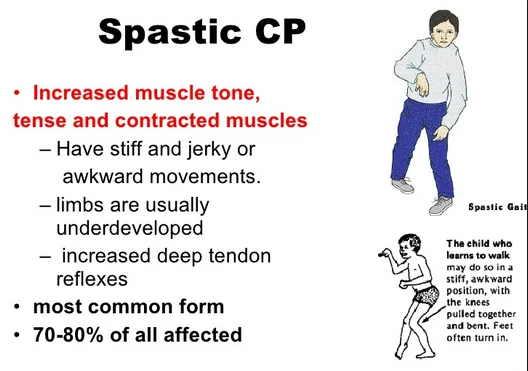
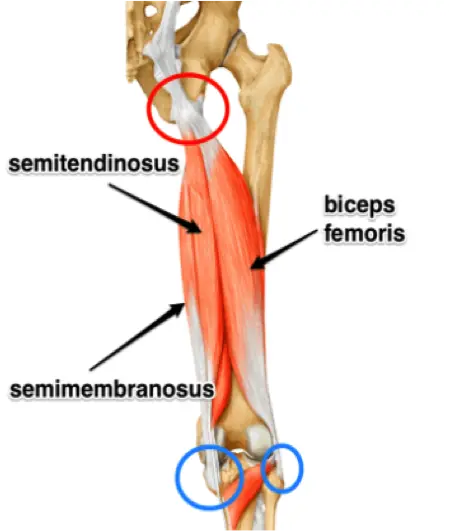
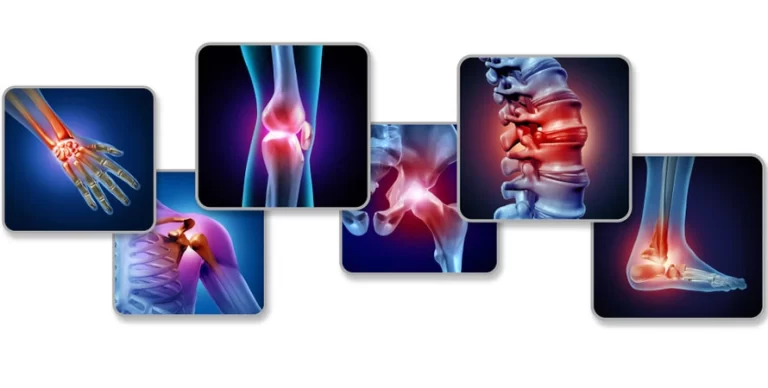
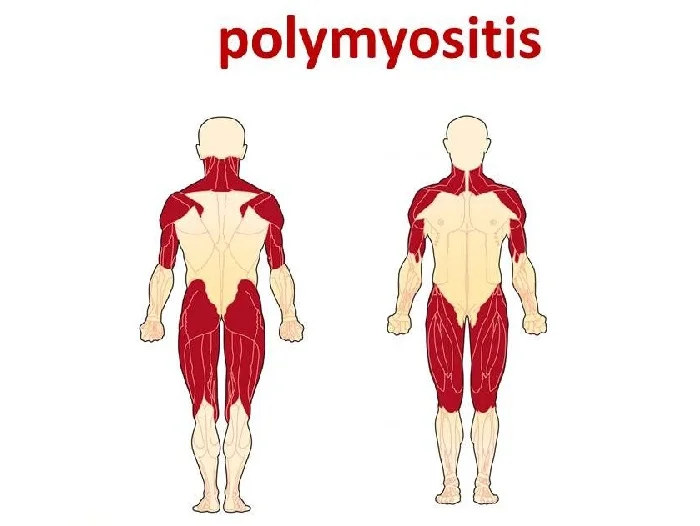
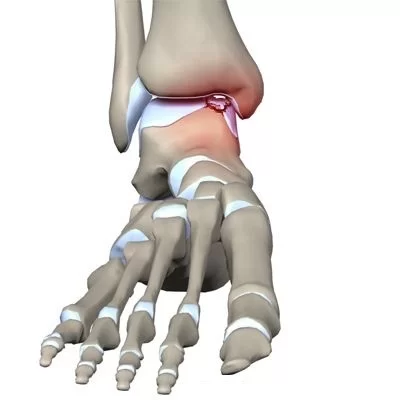
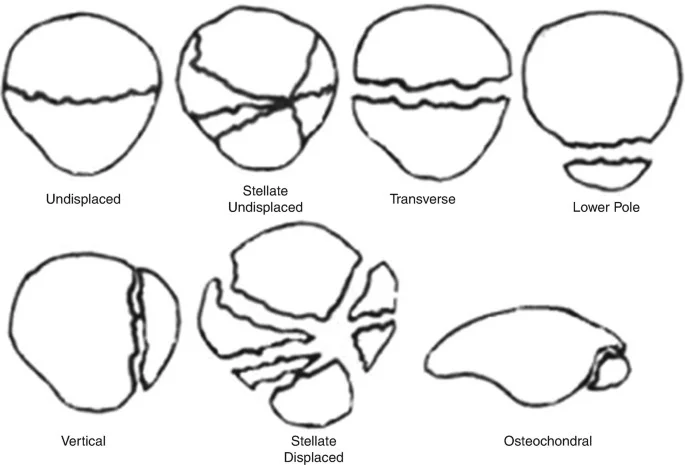
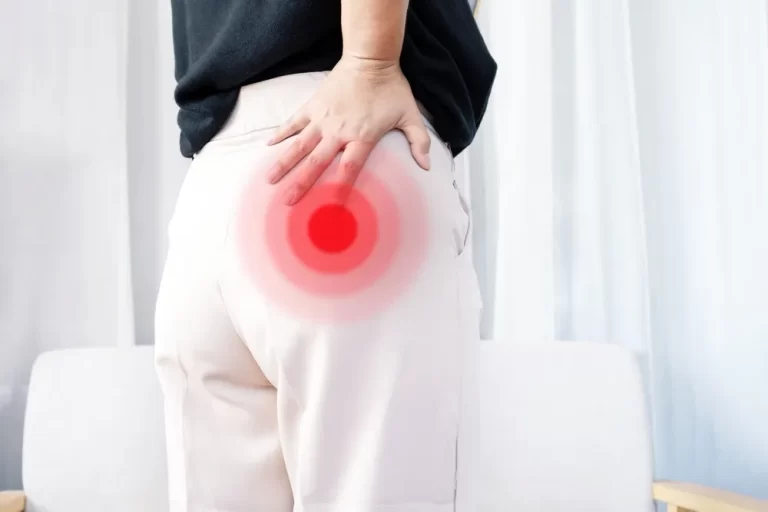
2 Comments